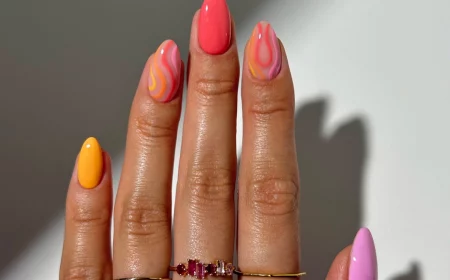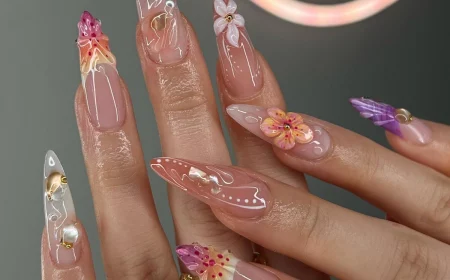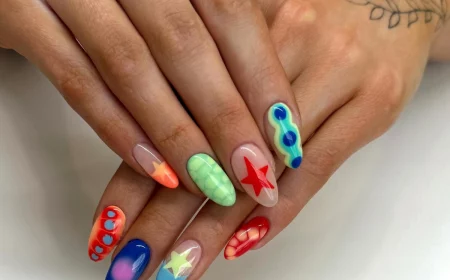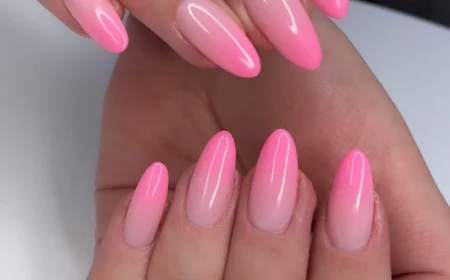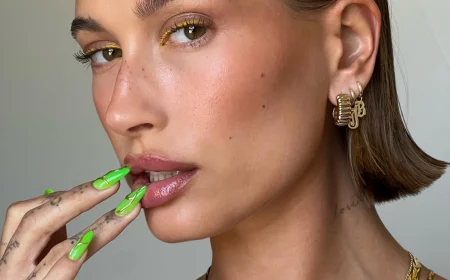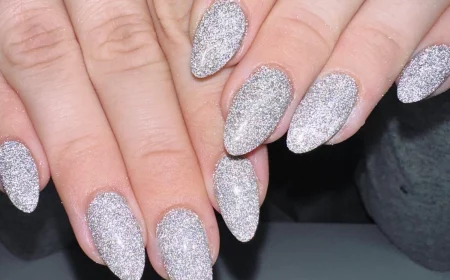Stop Breaking Your Nails: The Real Guide to Choosing a Shape That Lasts
I’ve been a nail technician for ages, and if I had a dollar for every “What Your Nail Shape Says About You” article I’ve seen… well, I could probably buy a very fancy nail salon. They’re fun, sure, but they miss the entire point. Choosing a nail shape isn’t about whether you’re “bold” or “shy.” It’s a practical decision based on your hands, your lifestyle, and the actual health of your nails.
In this article
When a new client sits at my table, we don’t do a personality quiz. We talk about their job. We look at their fingers. We discuss how much time they can realistically commit to upkeep. I’ll never forget one client, a passionate gardener, who insisted on long, sharp square nails. Every single appointment was a rescue mission, fixing cracks and breaks. It was a constant battle until we finally tried a chic, shorter almond shape. Suddenly, her manicure lasted for weeks. It was a total game-changer, and it proved what every pro knows: the right shape is about engineering, not just aesthetics.

So, let’s walk through this the way a professional does. We’ll get into the structure and the practical side of things so you can finally find a shape that you love and that actually lasts.
The Foundation: Why Your Nail’s Structure Matters
Before we can even think about filing, we have to understand the canvas. Your nail isn’t just a flat little plate; it has a complex structure that dictates its strength. A lot of the time, when a client comes in with a broken nail, it’s because their chosen shape was fighting against their nail’s natural anatomy.
First, there are the sidewalls—the sides of your nail that run parallel to your finger. Aggressively filing these down is one of the biggest mistakes you can make, as it removes the nail’s natural support beams and leads to weakness, no matter the shape.
Then there’s the C-curve. If you look at your nail head-on from the tip, you’ll see it has a natural arch from one side to the other. This curve is like an arched bridge; it provides incredible structural strength. A flatter nail is a weaker nail. Good to know: When we apply enhancements like acrylic or gel, we’re often building or reinforcing this curve to support more dramatic shapes.

Finally, there’s the apex. The apex is the highest point of the nail when you look at it from the side, usually located in the back third. A good apex creates a graceful, strong curve from the cuticle to the tip. If your enhancement looks flat, like a little ski-slope, it has no structural support and is way more likely to snap right where your finger ends. (By the way, if you’re curious, try Googling “good vs bad nail apex”—the pictures are a real eye-opener!)
A Pro’s Breakdown of Common Nail Shapes
Alright, let’s get into the good stuff. This is my honest take on the most common shapes, who they’re really for, and the maintenance you can expect. This is the exact conversation I have in the salon every day.
Square Nails
This is the classic, defined by straight-filed sidewalls and a sharp, flat tip at a 90-degree angle. It’s a very clean, intentional look.
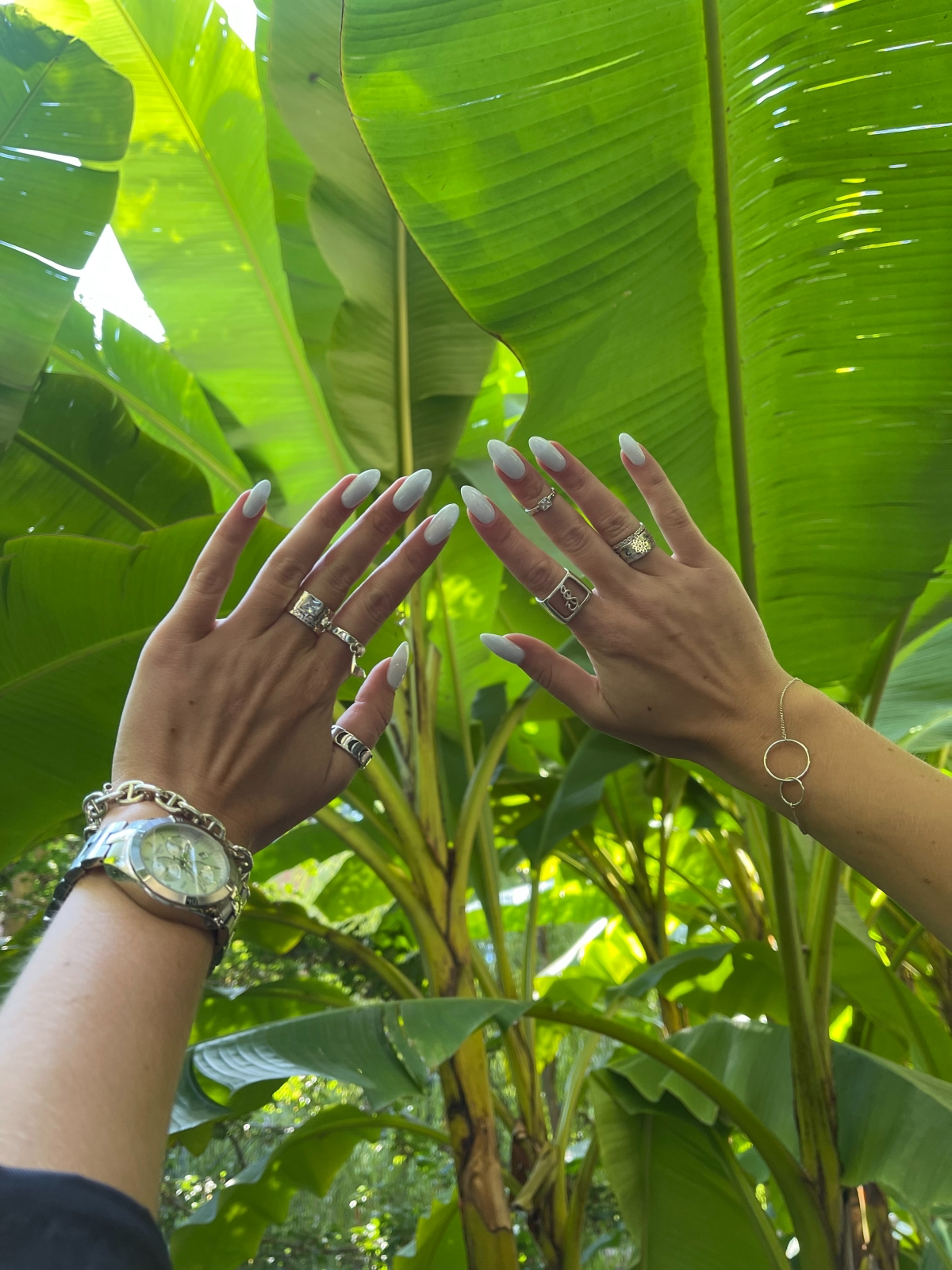
Best For: People with long, narrow nail beds. The strong lines can make shorter, wider fingers appear even more so. It really needs a solid, healthy nail to work.
Who Should Avoid It: Honestly? Anyone with a super active lifestyle. If you’re a nurse constantly putting on gloves, a barista with your hands in water, or an office worker who types aggressively, those corners are little snag-magnets. And if you’re a serial box-opener, forget about it.
The Pro’s Take: Square nails have two major stress points right at the corners, making them the most prone to snagging and breaking. A common mistake is to file underneath the corners to make them appear sharper. This actually hollows out the nail’s support and makes it even weaker. Maintenance with enhancements usually requires a fill every 2 to 3 weeks, which can run you anywhere from $40 to $70 depending on your salon and location.
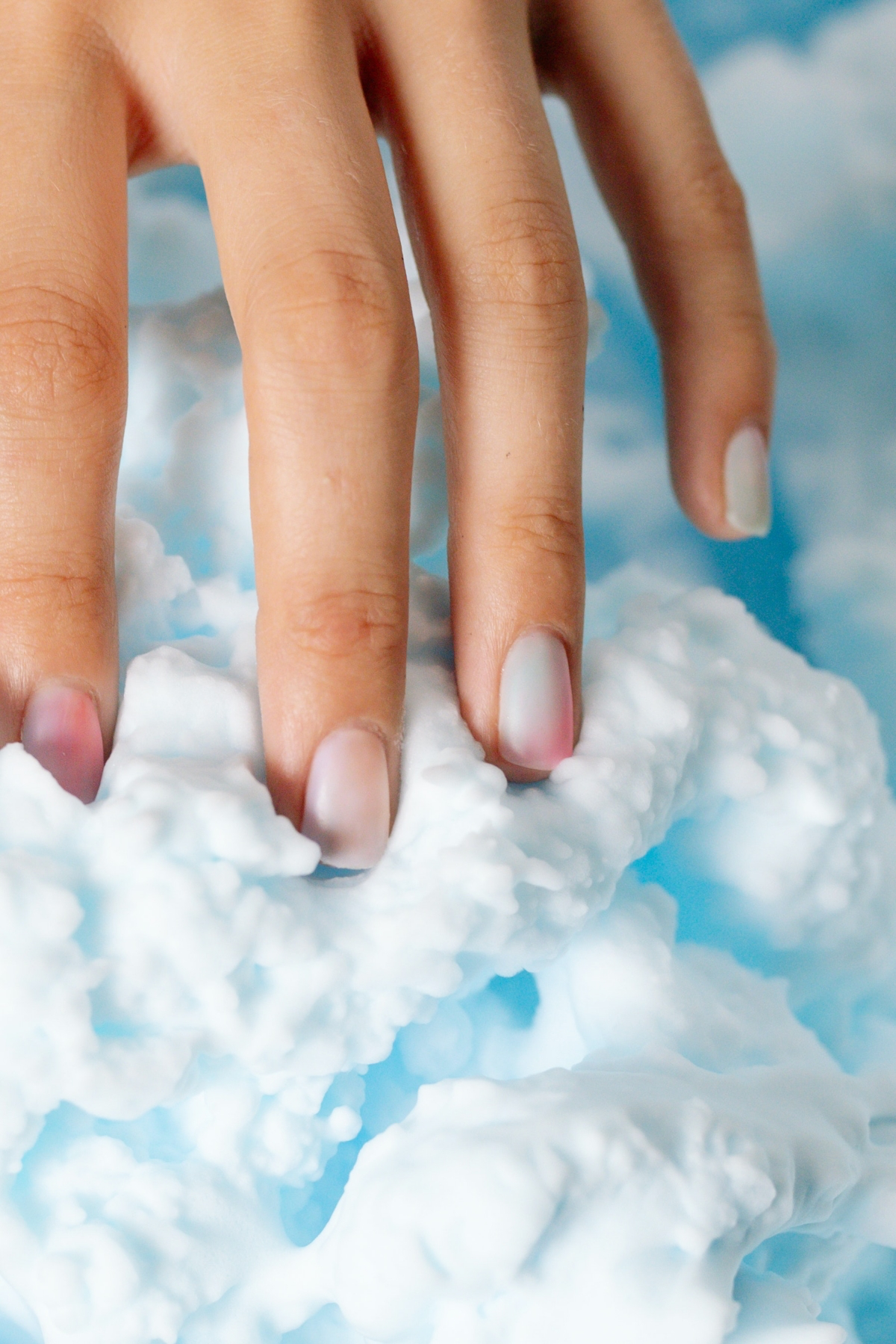
The Squoval (The Easy Upgrade!)
This is my secret weapon for clients who love the square look but hate the breakage. A squoval is exactly what it sounds like: a square shape with the sharp corners softened and rounded off. It’s the best of both worlds.
Best For: Literally everyone. It’s the most universally flattering and practical shape out there. It gives you the chic look of a square without the structural weakness.
Who Should Avoid It: To be frank, no one. It’s a fantastic, low-risk option.
The Pro’s Take: This is the easiest durability upgrade you can make. By simply rounding off those corners, you eliminate the primary snag points. The force from an impact gets distributed around the curve instead of concentrating on a sharp corner. It’s a small change that makes a huge difference in how long your manicure lasts.
Round & Oval Nails
A round nail follows the natural curve of your fingertip, while an oval is filed a bit more on the sides for a more elongated, elegant look. They are the workhorses of the nail world.
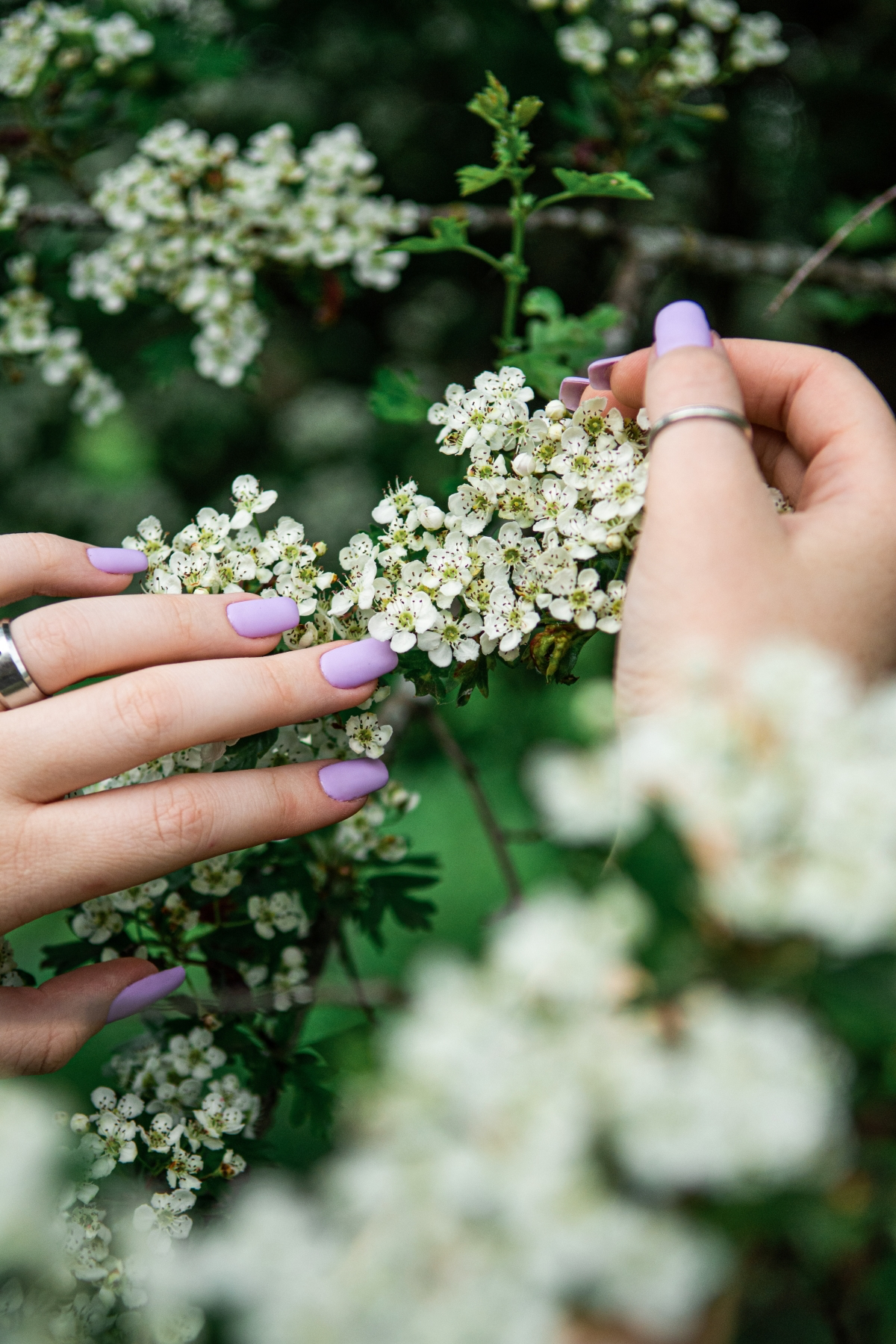
Best For: Anyone with weak or brittle nails, or those who work with their hands a lot. I almost always recommend a round shape for clients trying to grow out their natural nails. It’s also great for those who prefer a shorter, more natural style.
Who Should Avoid It: No one, really. But if you’re looking for a bold, high-fashion statement, this might feel a little too conservative for you.
The Pro’s Take: These are the most durable shapes for natural nails, hands down. With no corners to catch, they are incredibly low-maintenance. A simple round gel manicure can often go 3, sometimes even 4, weeks between appointments because chips and breaks are so rare.
Almond Nails
This shape is elegant and slender, with tapered sidewalls that end in a rounded point, just like an almond. It’s incredibly popular but requires some structural know-how.
Best For: Lengthening the look of fingers. It’s a very sophisticated style, but it almost always needs the support of a gel or acrylic overlay to prevent breaking.
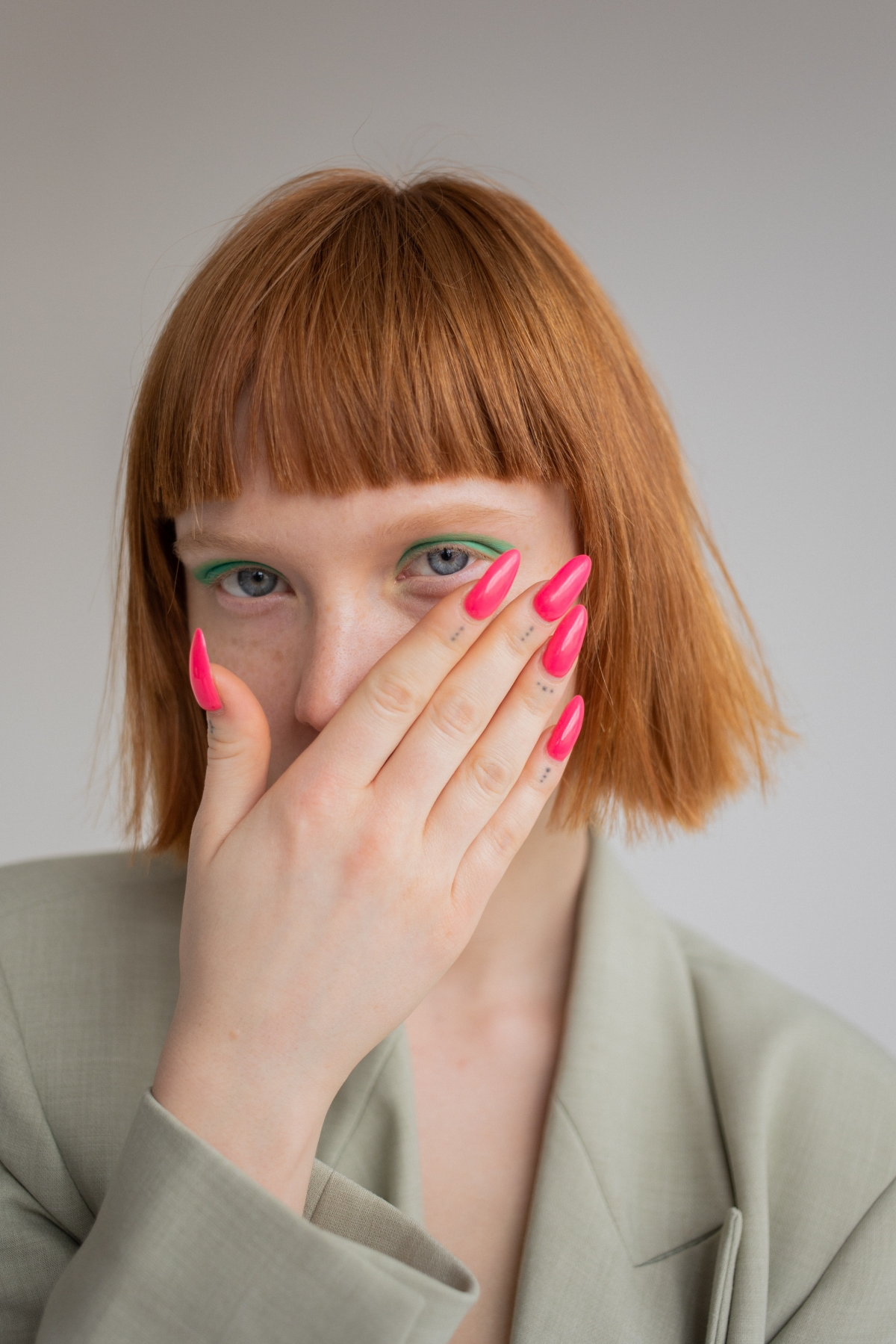
Who Should Avoid It: Those with very weak natural nails or anyone who is rough on their hands. That tapered point, while beautiful, is a delicate feature.
The Pro’s Take: The key to a strong almond nail is a perfectly placed apex. Because the sides are narrowed, the strength has to come from that central arch. Without a good apex, these will snap right at the stress area. Expect to be in the salon for a fill every 2-3 weeks to maintain the structure and length.
Coffin & Ballerina Nails
These are long, tapered nails that end with a flat, squared-off tip. The main difference is that coffin nails tend to have a more dramatic taper, while ballerina nails can be a bit more subtle. Both are high-fashion and high-maintenance.
Best For: Making a statement! These are not for the faint of heart and are exclusively for nail enhancements. You can’t achieve this shape safely on natural nails.

Who Should Avoid It: Anyone who needs full use of their fingertips. Typing can be a challenge, and simple tasks like picking up a coin become… interesting. Definitely not for the low-maintenance crowd.
The Pro’s Take: These shapes are all about structure. The long, narrow shape with a flat tip creates multiple stress points. A skilled tech is essential to build a nail that is both beautiful and strong enough to last. Like the stiletto and almond, you’re looking at fills every 2-3 weeks to keep them in perfect shape.
How to Talk to Your Nail Tech
Feeling empowered? Good. The best way to get a manicure you love is to know how to ask for it. This isn’t being “picky”; it’s being an informed client. Your tech will appreciate it!
Here are a few things you could say:
- For a stronger shape: “I’d love to try an almond shape, but my nails can be a bit weak. Can we make sure to build a strong apex to support it?”
- To solve a problem: “My square nails keep snagging on the corners. Could we try a squoval shape this time to see if that helps?”
- When discussing your lifestyle: “I’m a teacher and use my hands all day. What shape would you recommend that’s durable but still looks professional?”
At the end of the day, finding the perfect nail shape is a collaboration between you and your technician. Forget the trends and the personality quizzes. Focus on your life, your hands, and a little bit of physics. That’s the real secret to a beautiful manicure that lasts.

Inspiration:

What’s the best tool for shaping, anyway?
The file you use has a massive impact on your nail’s health. It’s not just about getting the shape right; it’s about how you get there. The wrong tool can introduce microscopic tears that lead to the very splits and breaks you’re trying to avoid.
Emery Boards: These classic paper-and-grit files are inexpensive and widely available. However, their coarse surface can shred the nail tip, leaving it vulnerable to peeling and snagging. Think of it like cutting fabric with dull scissors – you get a frayed edge.
Glass or Crystal Files: While a bigger initial investment, a quality glass file (like those from a brand like Mont Bleu) has a fine, uniform grit that glides over the nail. Instead of tearing the keratin layers, it seals them together, creating a smooth, durable edge that resists chipping. This simple swap is a secret weapon for maintaining any shape, especially weaker ones.

